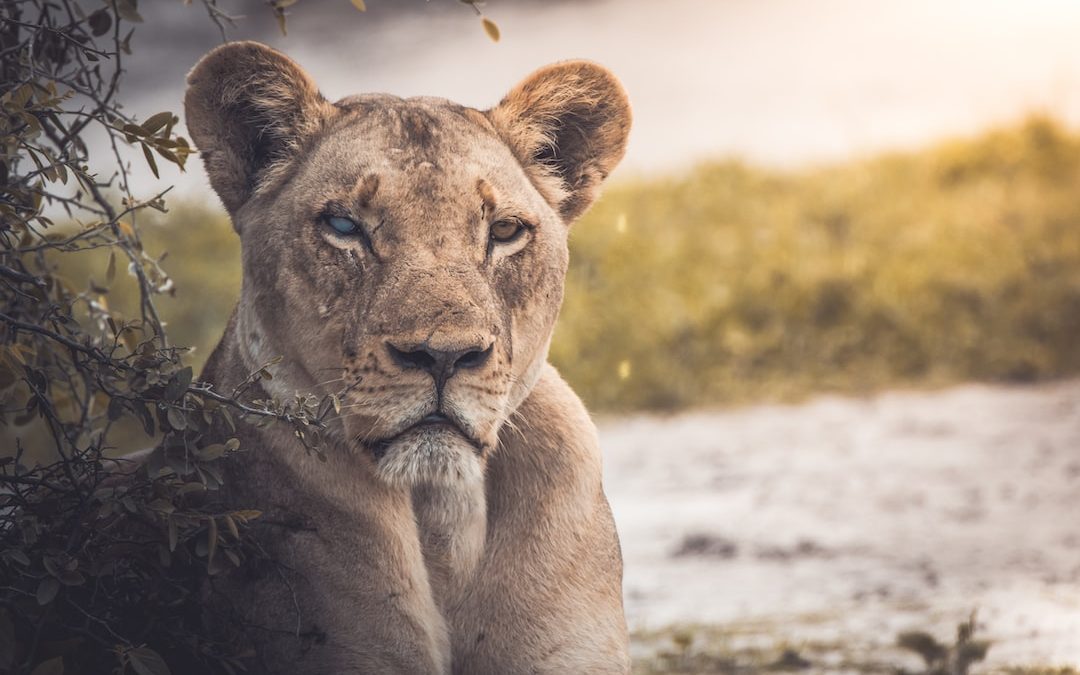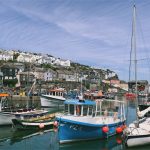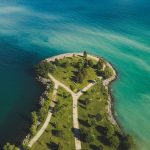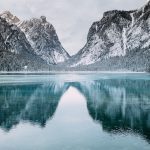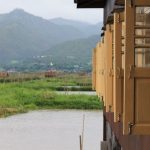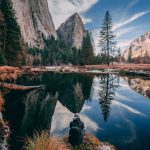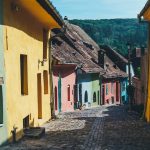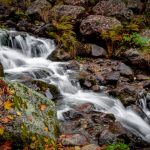Table of Contents
The Wildlife of South Africa’s World Heritage Sites
From the majestic Big Five to the delicate beauty of the African wildflowers, South Africa is home to some of the most diverse and remarkable wildlife in the world. This vibrant ecosystem is protected by a network of World Heritage Sites, which are dedicated to preserving the unique species, habitats, and cultural traditions of this magnificent country.
These World Heritage Sites offer an incredible opportunity to observe wildlife in its natural habitat, while appreciating the unique history and culture of South Africa. In this blog post, we’ll take a closer look at some of the wildlife that can be found in South Africa’s World Heritage Sites.
Big Five Game Animals
The Big Five game animals, which include the lion, elephant, leopard, rhinoceros, and buffalo, are some of the most iconic species of wildlife in Africa. Visitors to South Africa’s World Heritage Sites can observe the Big Five in their natural habitat, with the Kruger National Park, iSimangaliso Wetland Park, and Mapungubwe National Park all offering excellent opportunities for wildlife viewing.
These game animals are often seen in large herds, and can be observed from a distance or from a variety of guided safari tours. Watching these majestic creatures in their natural environment is an unforgettable experience, and one that is sure to be treasured for years to come.
In addition to the Big Five, there are numerous other species of game animals that can be found in the World Heritage Sites of South Africa. These include antelope, wildebeest, zebra, giraffe, cheetah, and many more.
Aquatic Species
The World Heritage Sites of South Africa are home to a wide variety of aquatic species, including fish, crustaceans, and mollusks. The iSimangaliso Wetland Park is particularly well-known for its diverse array of aquatic life, which includes numerous species of freshwater and saltwater fish, crustaceans, and mollusks.
The park is also home to a variety of aquatic mammals, including dolphins, seals, and whales. Visitors to the park can observe these species in their natural habitat, and can also take part in snorkeling and diving excursions to get a closer look at the amazing marine life of the area.
In addition to the aquatic species of the iSimangaliso Wetland Park, the World Heritage Sites of South Africa are also home to a variety of amphibians, reptiles, and even some endangered species, such as the Southern Right Whale.
Birdlife
South Africa is home to an incredible array of birdlife, with more than 900 species being found in the country. The World Heritage Sites of South Africa are particularly renowned for their birdlife, with the iSimangaliso Wetland Park, Mapungubwe National Park, and the Richtersveld Cultural and Botanical Landscape all offering excellent opportunities for birdwatching.
The iSimangaliso Wetland Park is home to more than 500 species of birds, including a variety of waterfowl, shorebirds, and seabirds. The park is also home to numerous species of raptors, such as the African Fish Eagle and the Martial Eagle. The Mapungubwe National Park is also home to a variety of bird species, including the endangered Ground Hornbill, while the Richtersveld Cultural and Botanical Landscape is home to the endemic Ludwig’s Bustard.
In addition to the species of birds mentioned above, the World Heritage Sites of South Africa are also home to a variety of other species, including the African Grey Parrot, the Cape Vulture, and the Southern Bald Ibis.
Marine Wildlife
The World Heritage Sites of South Africa also offer visitors the opportunity to observe a wide variety of marine wildlife. The iSimangaliso Wetland Park is home to numerous species of marine mammals, such as dolphins, seals, and whales. The park is also home to a variety of fish species, including the coelacanth, which is an ancient species of fish that is believed to have existed for more than 360 million years.
The Mapungubwe National Park is also home to a variety of marine species, including the African Penguin, the Cape Fur Seal, and the Southern Right Whale. The Richtersveld Cultural and Botanical Landscape is home to a variety of marine life, including the Cape Gannet, the Cape Cormorant, and the African Jackal.
Insects & Arachnids
The World Heritage Sites of South Africa are also home to a wide variety of insects and arachnids, with the Kruger National Park, the iSimangaliso Wetland Park, and the Mapungubwe National Park all offering excellent opportunities for insect and arachnid viewing.
The Kruger National Park is home to a variety of insects and arachnids, including ants, beetles, moths, and spiders. The park is also home to a variety of butterflies, including the Monarch Butterfly, the Common Blue, and the African Monarch. The iSimangaliso Wetland Park is also home to a variety of insects and arachnids, including the endangered Water Bug, the Common House Spider, and the African Tiger Beetle.
The Mapungubwe National Park is also home to a variety of insect and arachnid species, including the African Honey Bee, the African Paper Wasp, and the African Red Weaver Spider. In addition to these species, the park is also home to a variety of other insects and arachnids, including the African Mantis, the African Stick Insect, and the African Giant Millipede.
Feral Animals
The World Heritage Sites of South Africa are also home to a variety of feral animals, with the Kruger National Park, the iSimangaliso Wetland Park, and the Richtersveld Cultural and Botanical Landscape all offering excellent opportunities for wildlife viewing.
The Kruger National Park is home to a variety of feral animals, including cheetahs, hyenas, jackals, and wild dogs. The iSimangaliso Wetland Park is also home to a variety of feral animals, including baboons, bush pigs, and warthogs. The Richtersveld Cultural and Botanical Landscape is home to a variety of feral animals, including mongooses, porcupines, and rock hyraxes.
Endangered Species
The World Heritage Sites of South Africa are also home to a variety of endangered species, with the Kruger National Park, the iSimangaliso Wetland Park, and the Richtersveld Cultural and Botanical Landscape all offering excellent opportunities for wildlife viewing.
The Kruger National Park is home to a variety of endangered species, including the African Wild Dog, the Black Rhinoceros, and the African Elephant. The iSimangaliso Wetland Park is also home to a variety of endangered species, including the Loggerhead Turtle, the Leatherback Turtle, and the African Penguin. The Richtersveld Cultural and Botanical Landscape is home to a variety of endangered species, including the endangered Southern Right Whale.
Reptiles & Amphibians
The World Heritage Sites of South Africa are also home to a variety of reptiles and amphibians, with the Kruger National Park, the iSimangaliso Wetland Park, and the Richtersveld Cultural and Botanical Landscape all offering excellent opportunities for wildlife viewing.
The Kruger National Park is home to a variety of reptiles and amphibians, including crocodiles, turtles, and frogs. The iSimangaliso Wetland Park is also home to a variety of reptiles and amphibians, including the African Bullfrog and the African Clawed Frog. The Richtersveld Cultural and Botanical Landscape is home to a variety of reptiles and amphibians, including the African Leopard Tortoise, the African Rock Python, and the Cape Cobra.
Invertebrates & Insects
The World Heritage Sites of South Africa are also home to a variety of invertebrates and insects, with the Kruger National Park, the iSimangaliso Wetland Park, and the Richtersveld Cultural and Botanical Landscape all offering excellent opportunities for wildlife viewing.
The Kruger National Park is home to a variety of invertebrates and insects, including beetles, butterflies, and moths. The iSimangaliso Wetland Park is also home to a variety of invertebrates and insects, including ants, spiders, and termites. The Richtersveld Cultural and Botanical Landscape is home to a variety of invertebrates and insects, including scorpions, centipedes, and millipedes.
Plant Species
The World Heritage Sites of South Africa are also home to a variety of plant species, with the Kruger National Park, the iSimangaliso Wetland Park, and the Richtersveld Cultural and Botanical Landscape all offering excellent opportunities for wildlife viewing.
The Kruger National Park is home to a variety of plant species, including grasses, shrubs, and trees. The iSimangaliso Wetland Park is also home to a variety of plant species, including bulbous plants, aquatic plants, and reeds. The Richtersveld Cultural and Botanical Landscape is home to a variety of plant species, including succulents, cacti, and wildflowers.
Conclusion
South Africa is home to some of the most remarkable and diverse wildlife in the world. This vibrant ecosystem is protected by a network of World Heritage Sites, which are dedicated to preserving the unique species, habitats, and cultural traditions of this magnificent country.
The World Heritage Sites of South Africa offer visitors the opportunity to observe the Big Five game animals, a variety of aquatic species, birdlife, marine wildlife, insects and arachnids, feral animals, endangered species, reptiles and amphibians, invertebrates and insects, and plant species in their natural habitats. Whether you’re looking to observe the majestic Big Five or simply appreciate the beauty of the African wildflowers, South Africa’s World Heritage Sites offer an unforgettable experience.

